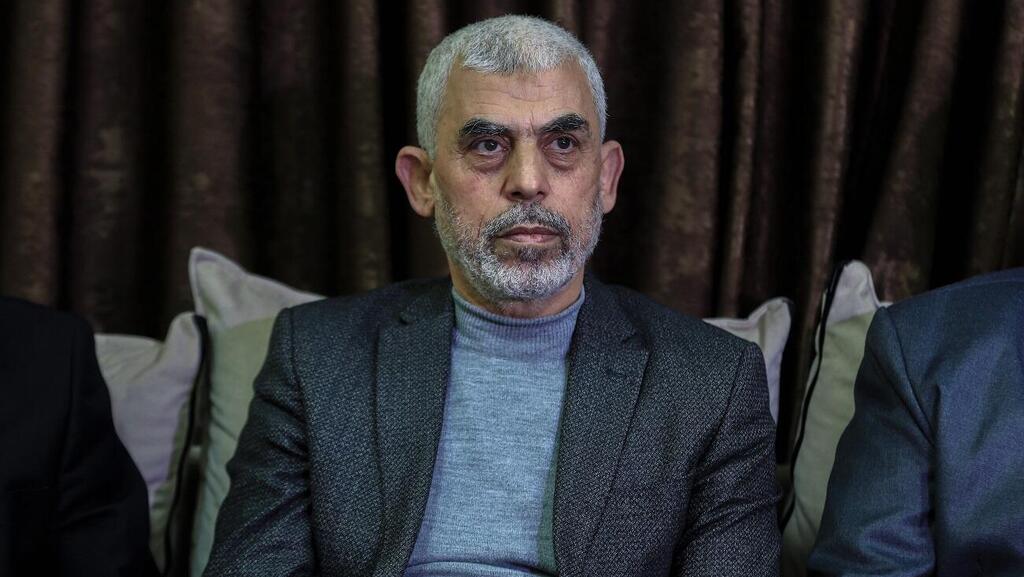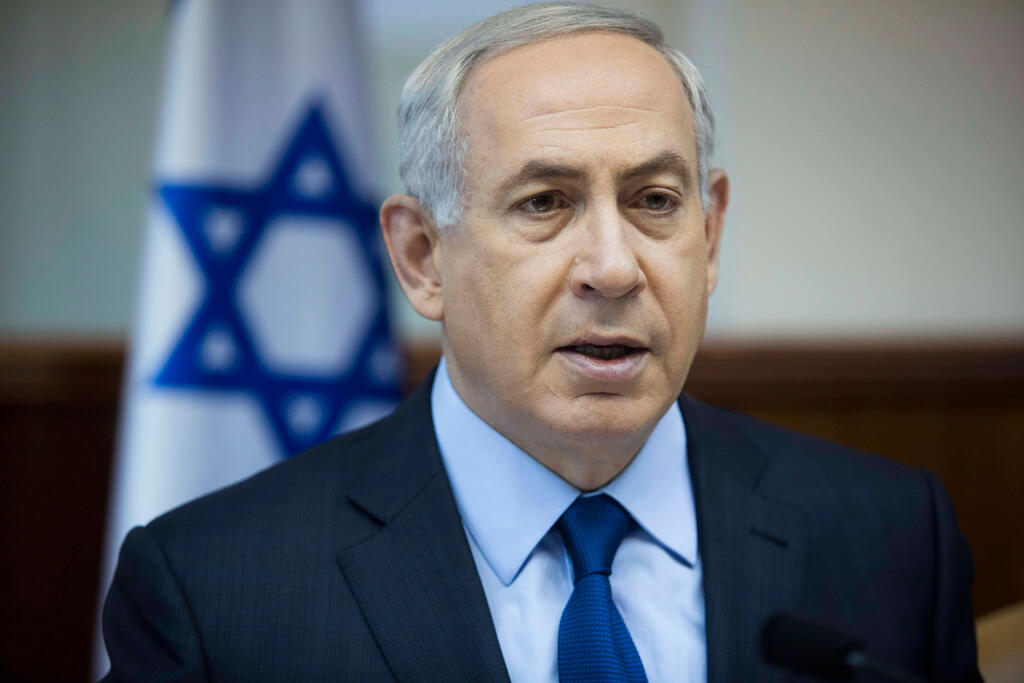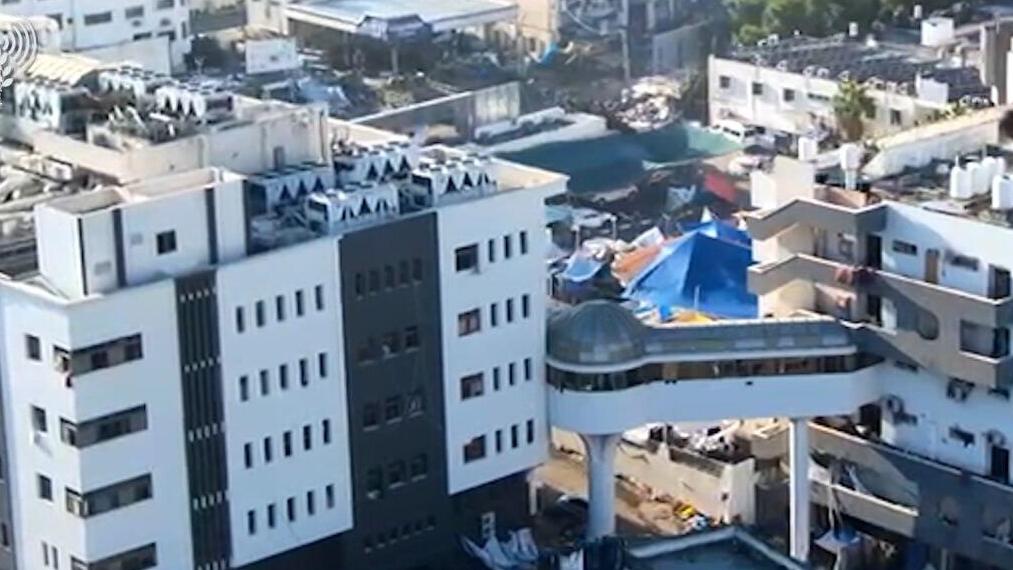As more reports emerge about progress in the prisoner swap with Hamas that will lead to the release of Israeli captives in Gaza, questions about its viability grow. The importance of the return of Israeli captives (mostly women and children at this point) mustn’t be diminished, but Israel has entered the war announcing that what happened will not happen again. Such a deal could turn this commitment into meaningless words.
More stories:
Israeli officials realize this deal is riddled with problems. However, there’s a tendency to accept it in order to give the Israeli public the images they desperately desire. The military and Shin Bet, however, believe this is a mistake, but after the failure on October 7, it’s much easier to cast doubt on their position. Even the knowledge about what position a majority of the media will take makes life a bit easier for Israeli politicians.
Meanwhile, the flaws of the emerging deal can be seen from the impossible way in which officials talk with the other side. On Thursday, it was revealed that Hamas’ politburo leader Yahya Sinwar hasn’t made contact with the Qatari intermediaries in the last few days, and claimed that as long as the IDF operates in the al-Shifa Hospital, he won’t hold negotiations with Israel. Therefore, no progress has been made during this time.
This detail could perhaps be seen as a tactical problem, but Sinwar, with his cunning and cruel character, is turning the deal into an attempt to press the exposed nerves of Israeli society. It began with changes in the number of Israeli captives to be released: initially, the number stood at 100, then it dropped to 80, and on Wednesday, it reached only 50.
In other words, there has already been a significant deviation from the initial versions of the agreements. In return, the IDF is supposed to pause its fighting in Gaza for five days, allowing Hamas enough time to catch their breath and regroup. As past experience has shown, a pause deep inside enemy territory doesn’t guarantee their safety there.
If that's not enough, Sinwar raised another audacious demand: the release of the captives will be done through the release of a few captives every day. In other words, Sinwar can release ten Israelis at will and stop if something does not meet his approval, knowing that the IDF won’t rush back into action, while the captives’ families and the Israeli public keep worrying for their safety. What’s more outlandish than the arrogant demand is that, for now, Israel is willing to accept it.
As long as there is no breakthrough in the deal, the IDF is moving forward, with Wednesday’s action in the al-Shifa Hospital focusing on uprooting Hamas’ control over the area. On one hand, it turned out the situation is not as dire as we were told over the past twenty years, and a careful, calculated action to achieve a significant psychological impact.
On the other hand, it must be said frankly: so far, no exceptional Hamas presence has been found in the hospital, and there’s also no evidence of an underground facility under the hospital that the terror organization uses.
Given that the Americans provided strong backing for the operation in the hospital, the military should complete it. The IDF’s Shaldag unit that led the operation covered only 10% of the complex and encountered relatively minor resistance, showing that Hamas avoids battles when it’s not well-prepared and focuses on Gaza’s south, where forces have yet to reach.
One of the senior military officials who clarified this is IDF Southern Command Chief Maj. Gen. Yaron Finkelman, who entered the al-Shati refugee camp in Gaza with the troops on Wednesday, and announced the area was secured by the military.
"We will continue to move forward according to our operational plans," Maj. Gen Finkelman said, meaning two different things: the first is a southern advance, about which residents on the eastern side of the Khan Yunis district were informed via leaflets calling for their evacuation. The second is a systematic strike on Hamas’ underground network that will force the terrorists to come above ground, placing more pressure on Hamas’ forces hiding in the Strip’s south.
This, however, is at risk of halting if the proposed deal is accepted. Its supporters argue that there’s no real choice and that it’s morally right to release Israeli women and children immediately.
Its opponents argue that the IDF is now in an offensive momentum, Hamas is facing pressure, and Sinwar is the one pushing for a deal - therefore, it’s not right to stop now, but to continue and exert military pressure to achieve a more comprehensive deal.
Another important aspect is in play here: leaving Israelis, including soldiers, in captivity could cause a social divide in the country and arouse the anger of the families of captives and soldiers on the front line.
Military officials are well aware of who the families of soldiers and commanders are turned to, but this won’t prevent decision-makers from saying that any deal that’s reached, even if a partial one, as if it were a complete success.





